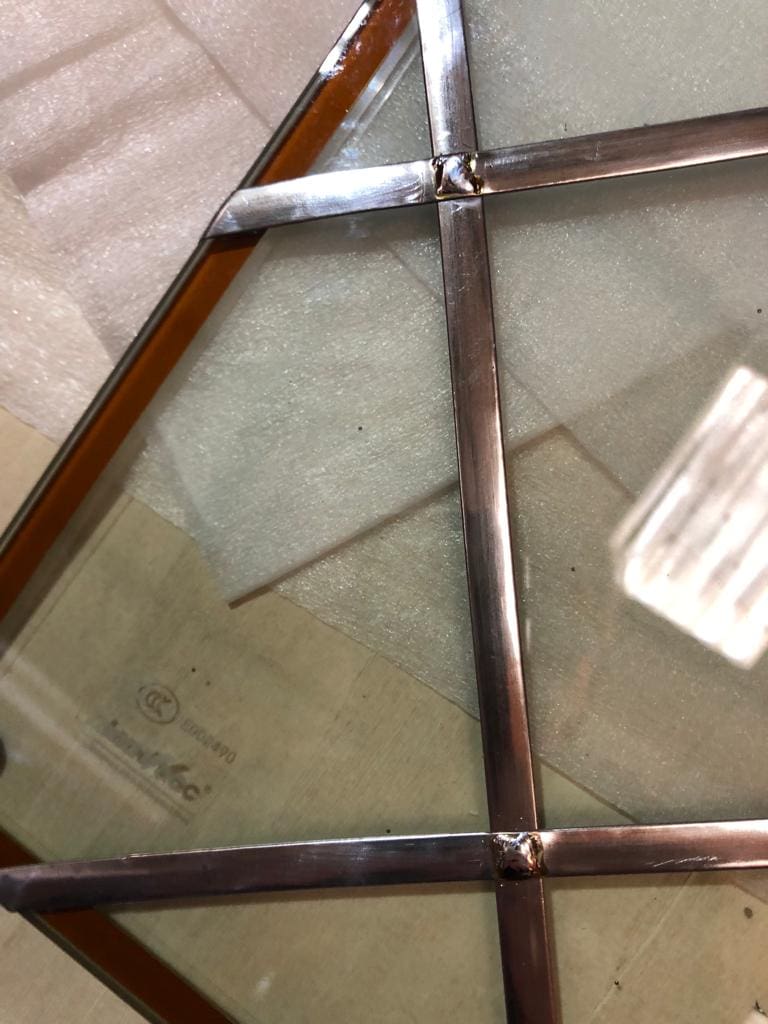No, all standard Insulated Glazing Units are filled with a combination of air or inert gas such as Argon and Krypton to slow down heat transfer between the panes. Moisture is controlled by dessicant in the edge seal.
Read More
Gas permeation is common in all kinds of materials. Under the effect of light and temperature, there will be surface outgassing phenomenon, such as the long-term outgassing rate of glass is in the order of 10-11 PA · L / s. Therefore, it is necessary to place a getter to absorb the increased gas to maintain a high vacuum.
Read More
Yes. So can be used for doors, door surrounds and low level glazing.
Read More
Yes. The glazing rebate will need to be checked, but it is generally perfect for including in window refurbishment and it gives huge performance benefits over the single glazing being replaced
Read More
Standard LandVac is 8.3mm. Options are available for thicker glass if the application demands. We are also seeing customers replacing standard double glazing with LandVac Optimum which is 25.1mm thick and designed for the purpose.
Read More
Excellent! The presence of a vacuum provides for excellent sound insulation near to acoustic glass with a weighted Sound Reduction Index of 36dB. In LandVac Optimum, this rises to 39dB.
Read More
We aim to give plenty of information on our website for you to decide whether LandVac is right for you and/or your project. If you need any further information or photos, then please ask. If you have a specific project to discuss, then the local dealer should be able to assist with samples.
Read More
Flexible Edge Sealing is the process of bonding a strip of stainless steel foil to the two sheets of glazing using ultrasound, creating a tight vacuum seal between them.
Usual lead times are 10 weeks from order. This may extend slightly if we need to wait to build up a group of smaller orders. It has also been impacted by Covid-19 and the effects it has had on global shipping. If you have time constraints, we may be able to help - please just ask.
Read More
Yes. Within certain parameters. Please check with us but the standard shapes of single arches can be made.
Read More
We would not expect condensation on the inside of the glass except for very extreme circumstances. LandVac insulates so well that condensation is often seen on the outside of the glass as the outer pane doesn’t heat up, particularly in Spring and Autumn when the air is heavily moisture laden and the external temperature drops. This generally goes away once the sun comes up.
Read More
Yes, it is possible to incorporate leadwork with soldered joints into vacuum glazing installations. Adding leadwork to vacuum glazing can enhance the aesthetic appeal of the windows, allowing for intricate designs and decorative patterns. Leadwork can be combined with vacuum glazing without compromising its energy efficiency. The vacuum insulation remains intact, providing excellent thermal performance, while the leadwork adds a decorative element.
Example of Leadwork on Vacuum Glazing
